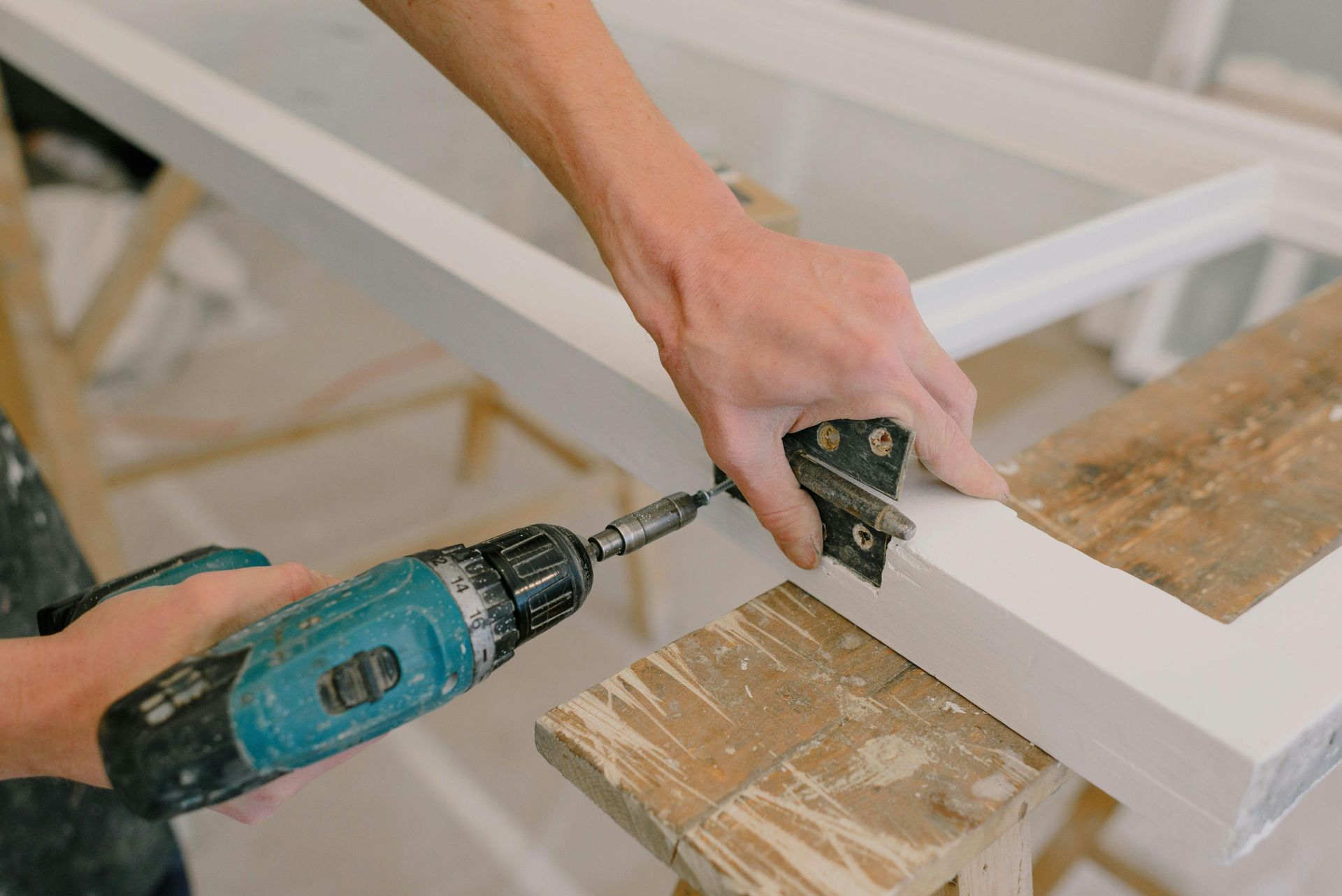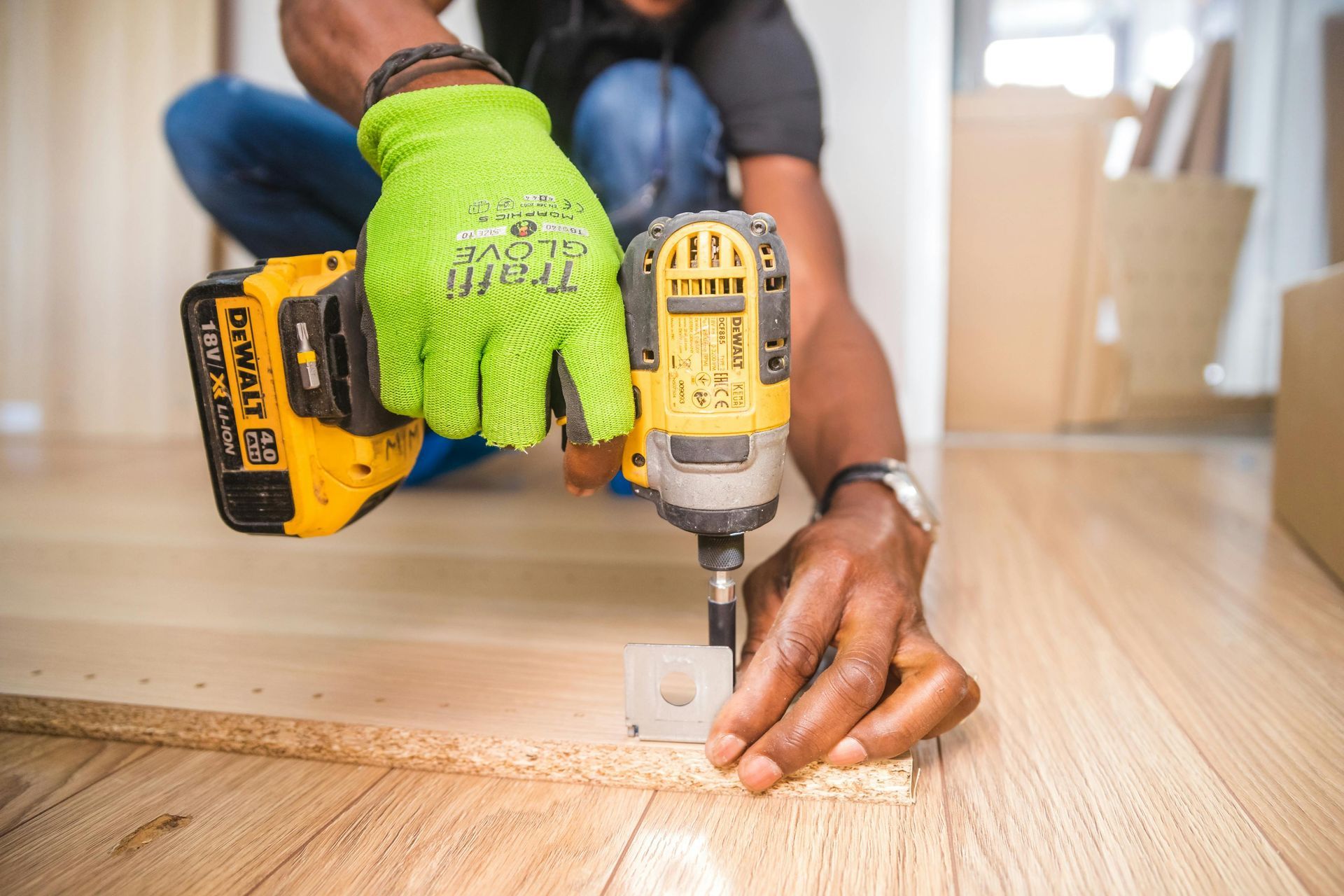16 Ways to Build Profitable Relationships With Key Reporters
A core principle of marketing is getting the word out about your business to your target market. In marketing there are many ways to do this. PR is one of those ways that is powerful, credible and a low-cost (or no-cost) tool, but often underutilized by businesses and independent professionals.
An indispensable part of PR is building profitable relationships with key reporters and a commitment to consistently putting out informative, educational, or entertaining news every month using the combination of local press contacts and online social media tools.
If you’re looking at PR for getting the word out about your business, this is where you start. Here are 16 ways to build profitable relationships with key reporters :
- Connect. This could be through social media tools like Twitter, LinkedIn, Facebook, or in real life.
- Monitor hashtags . Often reporters chat with the public on Facebook, LinkedIn or Twitter and you can respond to comments they make.
- Send a compliment. Compliment a reporter through Twitter, Facebook, LinkedIn, or through e-mail on a story he or she did.
- Introduce yourself. Local press contacts are always at big public or chamber of commerce events. Introduce yourself there and pass along your card, but don’t try and sell them the idea on the spot. Just be helpful.
- Invite reporter out for coffee. Make it known that you want to establish a relationship and be as helpful as possible. Make sure you also ask a lot of questions about them.
- Comment. At the end of the online version of a story a journalist or reporter did, leave a great comment. Engage them and create two-way conversations.
- Congratulate them. Let them know you’re thinking of them on their birthdays or other personal news they post.
- Search through Muck Rack to find regional or national reporters on Twitter who cover your industry.
- Highlight a story. Write a positive blog post on your blog highlighting a story of theirs, and e-mail them the link.
- Respond regularly. Respond regularly to posts they’ve written either on their blog, or on a local community blog you’ve noticed they post on.
- Visit city council meetings in your town. Usually there’s a reporter sitting around bored, that you can start a conversation and build a relationship with.
- Sign up on helpareporter.com. Several e-mail lists are sent out daily, full of reporters needing experts for stories. Jump on those that fall within your expertise. Keep in contact with those reporters.
- Scout publications. Local business weekly publication have smaller and a more targeted readership. These media outlets are also run by just two or three people, and they’ll jump at a guest column or article by you because it’ll save them the time of tracking down a story on their own.
- Befriend a show host. Listen to AM radio stations, especially on weekday mornings or on Saturdays. Befriend one of the regular show hosts. Often they’ll highlight any business that is doing something interesting the public might find interesting.
- Stop spending money on an online press release site. Those online press release systems are more useful for building inbound links, or if you’re already a recognized expert with a track record, and there’s a major news event breaking that you could discuss.
- Ask them if they’d mind if you added them to your email list. Then provide them with educational content to sell them on doing a story about your business.
At the end of the day, know that establishing relationships with local reporters and editors will enhance your opportunity to turn your newsworthy ideas into published news.
Question: Do you have any other ways that you build relationships with reporters? Which one, two, or three ways are you considering?




